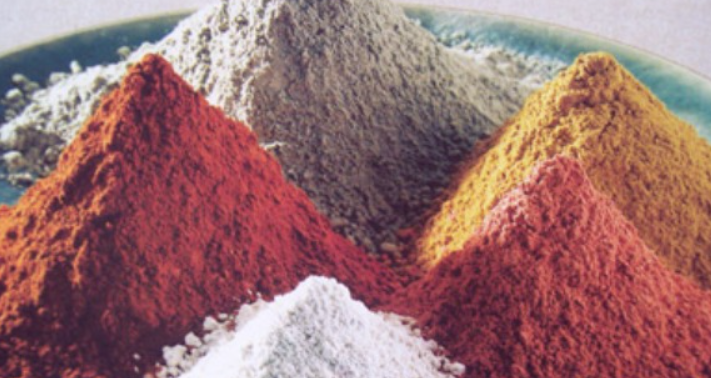They say you have to compare apples to apples!
Clays too.
About 15% of the planet is composed of clay. It varies in color depending on the region. It's no surprise that here in Quebec, we have pastures with a lot of gray clay. Clay pastures mean a bit of misery at the crossings, around drinking fountains and feeders when it rains a lot.
On the other hand, generally, and if there is no overpopulation in these pastures, no horse will get thrush!
Pure and clean clay is:
Antibacterial, antifungal, antiseptic and also hemostatic powder
1– Know the origin of the clay used: open-air quarry or underground quarry? In which country?
L'Argile du Velay, which I have been importing and distributing for several years now, is an open-air quarry classified as a ZNIEFF (natural zone of ecological, faunal and floral interest), at the foot of the Auvergne volcanoes, far from any industrial pollution.
2 – Ensure mineralogical purity, some “clays” on the market have a clay proportion of between 30 and 50%, the rest being impurities (quartz, sand, carbonates and other minerals). The desired effect is less interesting with so little clay.
=> 80% clay contained in Velay green clay, guaranteed quartz-free, naturally rich in trace elements.
3 – Find out about the existence of chemical impurities: dioxins and PCBs close to zero; no chemical treatment (ionization, addition of pigments, etc.); absence of pesticides in the clay.
4- Clays labeled by natural standards such as Ecocert input in Organic Agriculture, Ecocert Cosmos in cosmetics or Feed Chain Alliance for animal feed.
A certified product
Velay Clay is a certified product, respecting the following natural standards:


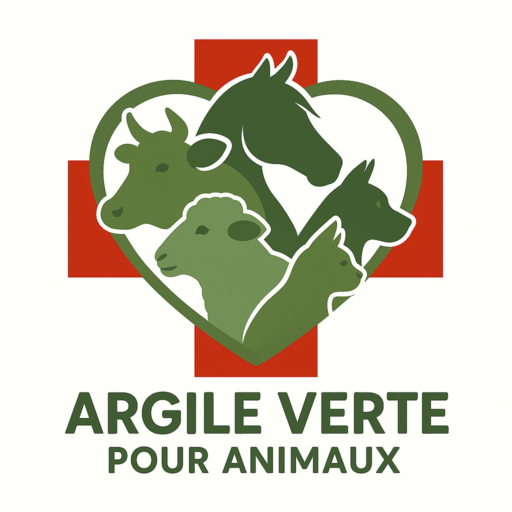
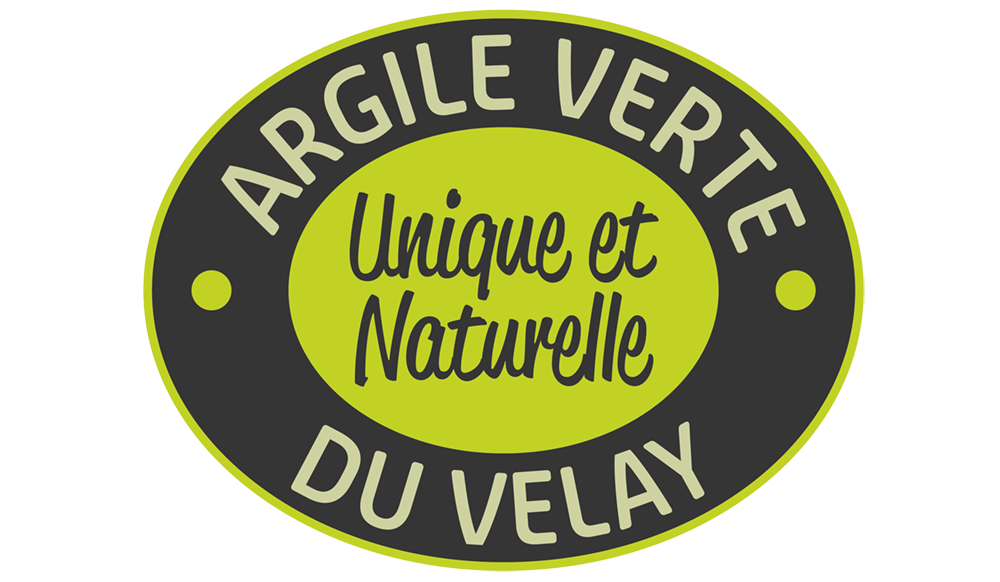
These 2 green clays are also certified by Health Canada. The external clay is ultra-ventilated, therefore as fine (or even finer) than cosmetic clays.
Internal Clay contains no sand or additives and is completely and naturally eliminated.

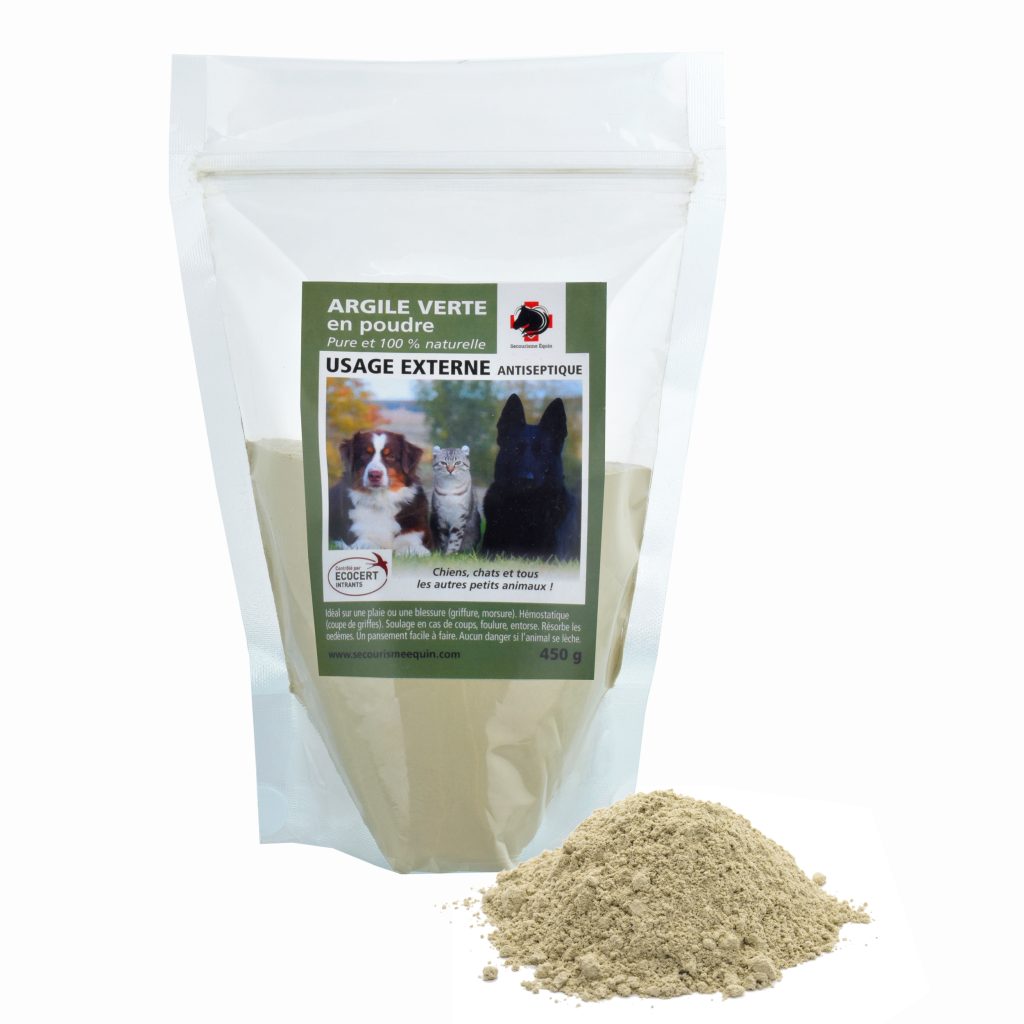
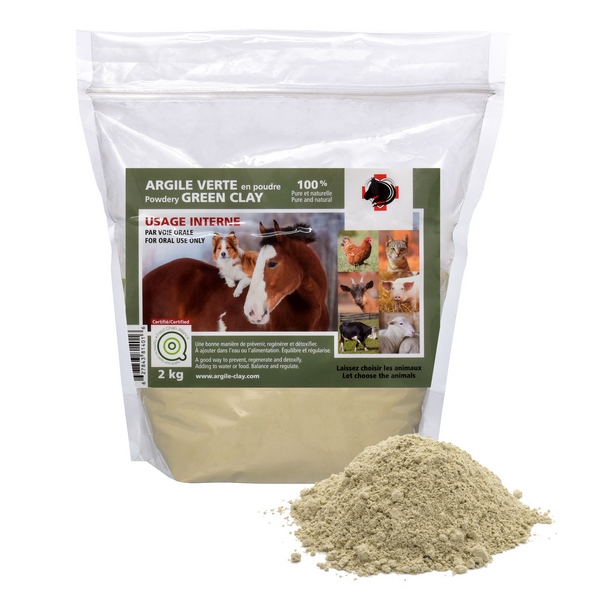

To conclude, and without going into all the details, the color of clay is often determined by its composition and the place where it is found. Red, pink, yellow, and black clays are reserved more for cosmetic treatments.
White clay is often used internally for humans especially because it is a little gentler.

